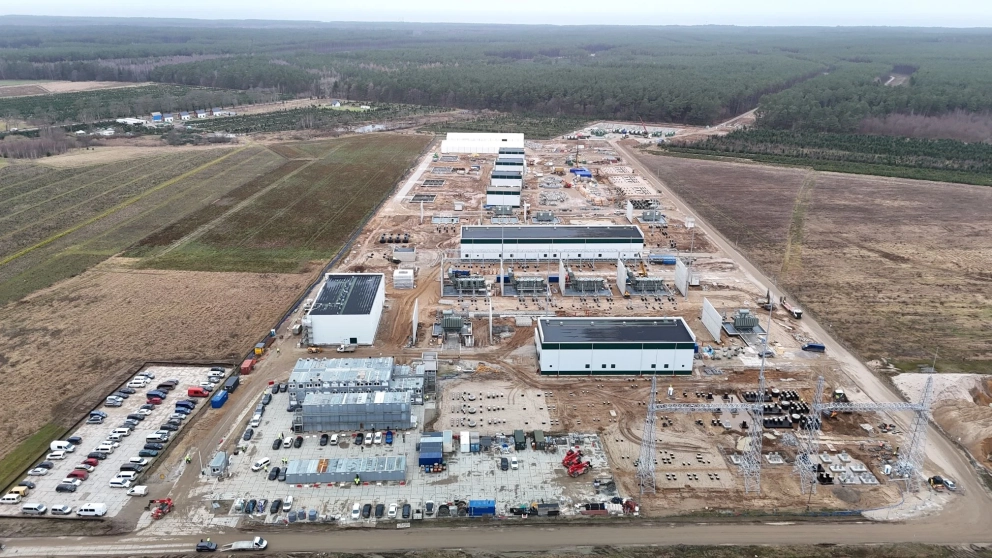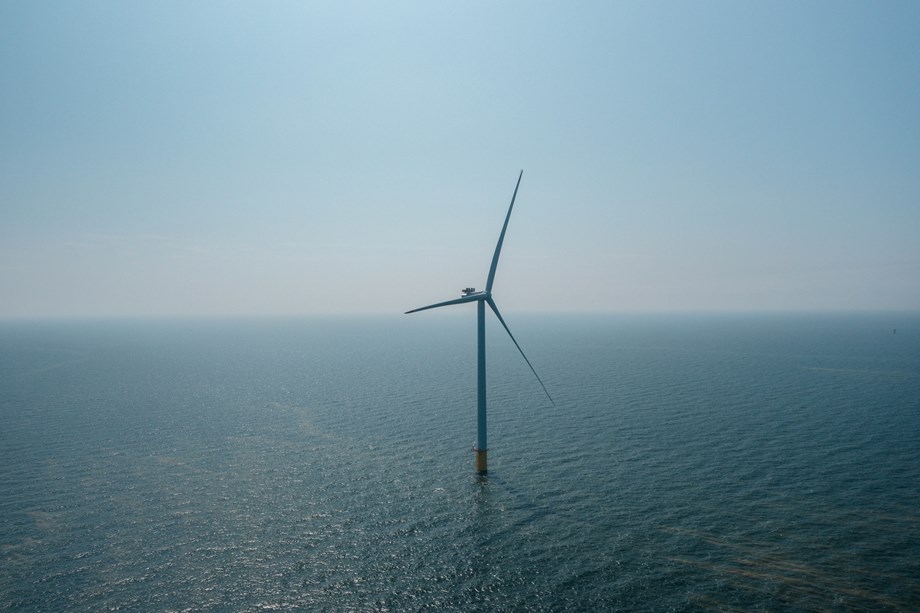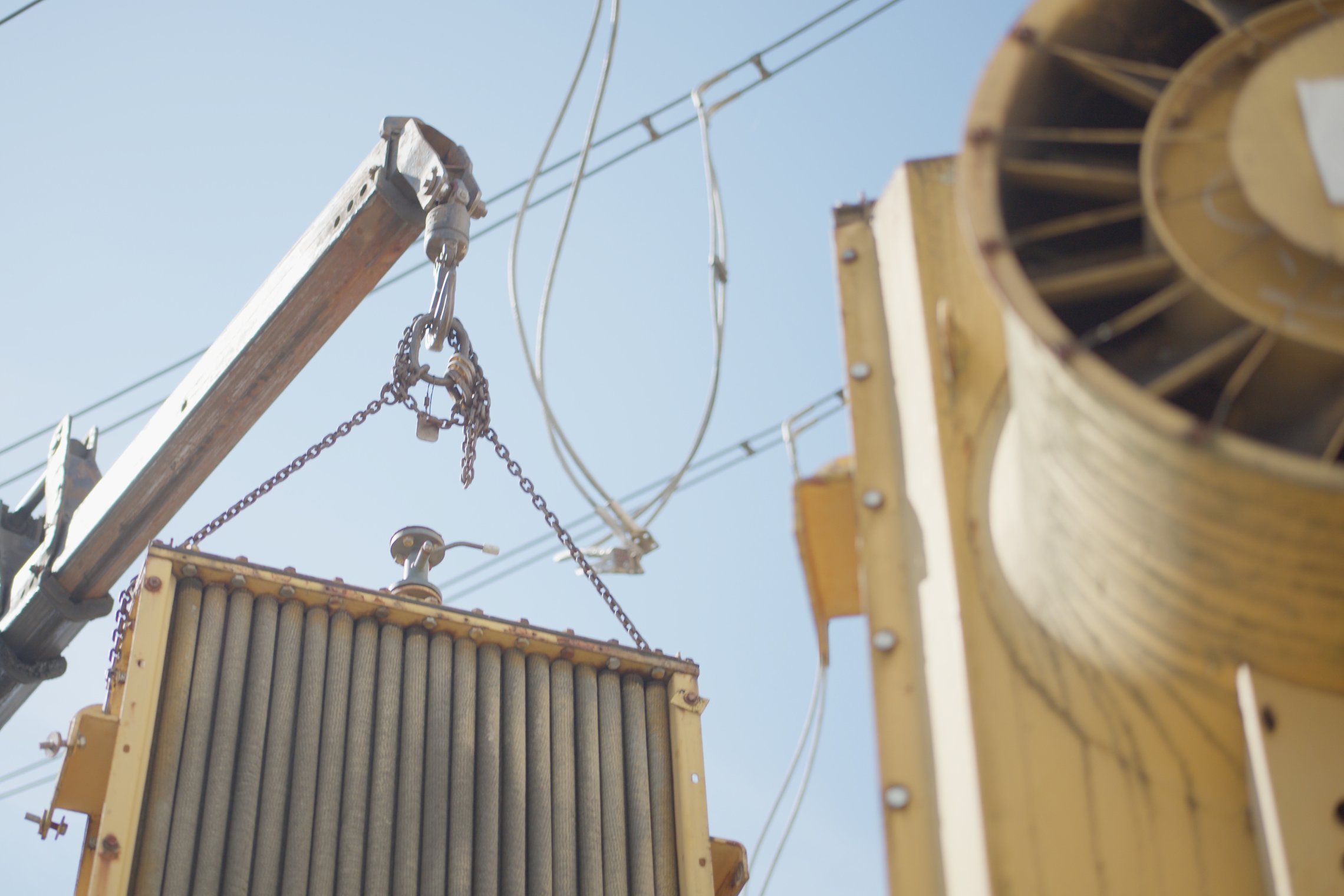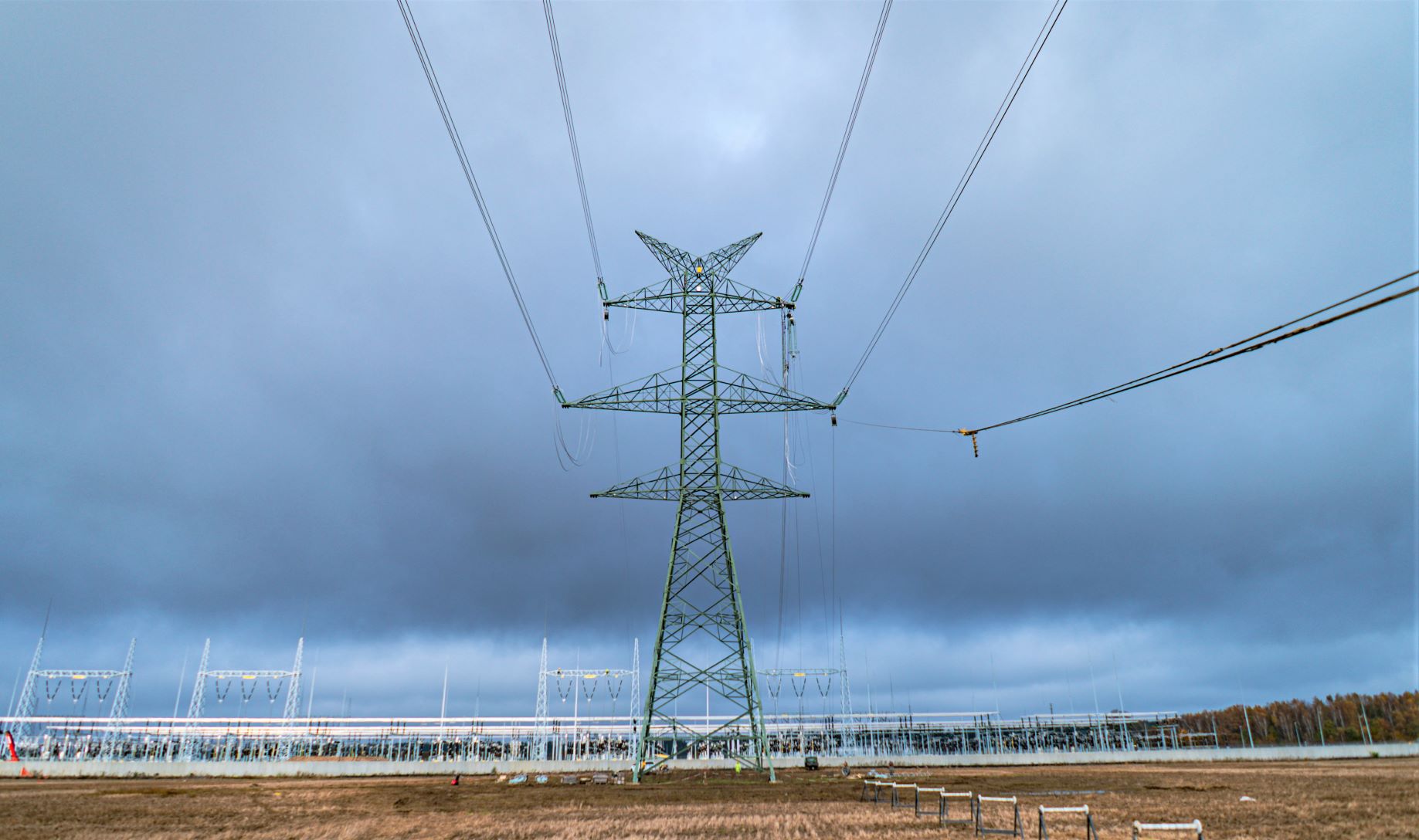When significantly more offshore wind turbines are to be built in Danish waters in the coming years, it must be done in harmony with nature. But if it is up to Ørsted, it is not enough to avoid leaving a mark. Energy projects should play an active role in promoting biodiversity. Therefore, Ørsted will deliver a net-positive impact from all new projects that are commissioned from 2030 onwards.
Tender criteria were one of the major topics of conversation in the Bella Center, where the wind industry gathered at the end of April for WindEurope. In the European wind industry, there is a desire among several actors across the value chain for tender criteria that take into account parameters other than price when tendering new wind turbine projects.
System integration, cyber security, sustainability and social responsibility are just some of the examples that are often highlighted. But there is not yet a definitive answer on how best to supplement the question of price and fairly balance consideration of other criteria.
According to Ørsted, biodiversity is an area where greater demands should be placed on developers when new projects are offered. If innovation is to be seriously boosted, there is a need for competition in the field. This is what Søren Scherfig, director of offshore wind in Denmark at Ørsted, tells us when Green Power Denmark meets him ahead of the WindEurope conference in thin the Bella Center.
– If you only ask for price, you will only get price. I won’t speculate on how the balance of the bids will be distributed, but it has to be a significant portion. There is a need for competition between the developers, which is about more than economics, if we are to drive development in the right direction, says Søren Scherfig.
The government has recently set out to reserve 30 percent of the Danish sea area for offshore wind farms. This is a doubling of the current level.
– The oceans and the climate both have challenges, and if we do it right, the expansion of offshore wind can help solve both challenges, says Søren Scherfig about the political plans that will open up space for significantly more offshore wind turbines in Denmark.
The fight for climate and biodiversity
There has long been a focus on gentleness and coexistence on the seabed when wind turbines are erected. But there is a need to go a step further if it is up to Ørsted, which as one of the first developers in the world has a goal that energy projects must have a net-positive impact on biodiversity from 2030. This means that the energy projects must leave nature in a better condition than it was before the projects were built.
Thus, it is no longer enough simply to avoid the footprint of offshore wind turbines on the seabed and marine environment. The fight for climate and biodiversity go hand in hand when projects are developed.
Ørsted has therefore teamed up with the WWF World Wide Fund for Nature on a number of projects that will form the basis of knowledge and reporting on the impact of offshore wind turbines on biodiversity. This is what senior specialist in biodiversity at Ørsted Cathrine Hemmingsen says:
– Among other things, we are working on how we can measure biodiversity. It is difficult to determine the impact of an offshore wind turbine on the environment in the sea. Therefore, we are trying to create a method to follow the development. In this way, we will be able to report on biodiversity, and this will contribute to it also becoming a competitive criterion, says Cathrine Hemmingsen.
3D reef must restore ecosystem
Ørsted has launched a number of pilot projects to provide knowledge and insight into the possibilities of contributing positively to the marine ecosystem.
– It is still new to work with biodiversity and renewable energy. But we hope that the pilot projects can help to create a toolbox to more quickly find the best solutions to create a positive influence, says Cathrine Hemmingsen.
One of the ongoing projects takes place on the seabed between the wind turbines at Anholt Windmill Park. Together with the WWF World Wildlife Fund, it is being investigated how 3D printed reefs can benefit the biodiversity of the Kattegat.
This should particularly benefit the cod population. In the Kattegat and in the North Sea, the cod population is historically low, and this is problematic, as the cod largely helps to maintain balance in the marine ecosystem.
But 3D-printed reefs could potentially be part of the solution to bringing more cod back into the ecosystem.
– We have placed 12 different 3D reefs, each weighing between 3-500 kg between the wind turbines at Anholt. The reefs are shaped like a large layer cake with several cavities that have crevices and hiding places for fish and other organisms. The aim is to replicate and optimize the naturally occurring stone reefs, which i.a. is used as habitat by the cod, says Cathrine Hemmingsen.
In connection with the construction of the Anholt Windmill Park, Ørsted established a number of rock reefs, which have become attractive oases for other marine species on an otherwise desolate seabed. The expectation is therefore that the new 3D printed reefs can complement the stone reefs and will quickly be filled with life.
In another project, Ørsted collaborates with DTU Aqua and the WWF World Wide Fund for Nature to establish biogenic reefs in the North Sea. The biogenic reefs are natural reefs such as banks of Limfjord oysters and blue mussels.
Source: Green Power Denmark















